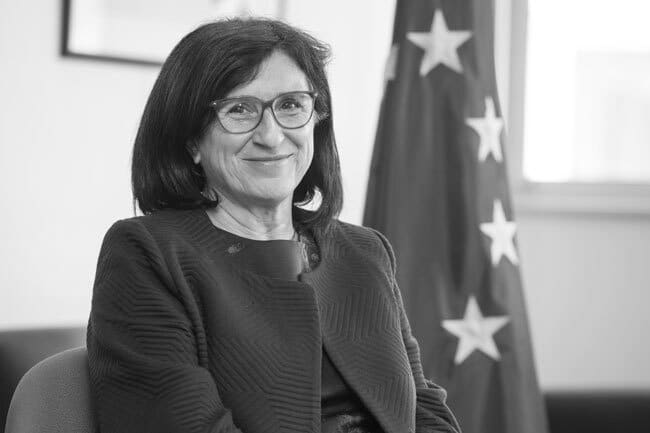Claude FISCHER and Marcel GRIGNARD Director of ASCPE-Les Entretiens Européens and President of Confrontations Europe [vc_btn title= »Télécharger l’article » style= »outline » color= »blue » align= »right » i_icon_fontawesome= »fa fa-file-pdf-o » add_icon= »true » link= »url:http%3A%2F%2Fprod.confrontations.org%2Fwp-content%2Fuploads%2F2016%2F03%2F2015-10-Answer-Consultation-European-Commission-Electricity-Market.pdf||target:%20_blank »] ASCPE and CONFRONTATIONS EUROPE answered the consultation of the European Commission and its « Summer package ». Find hereunder the texted co-signed by Claude Fischer and Marcel Grignard. The European Union’s current economic situation and the commercial competition it faces from countries benefiting from very advantageous energy prices mean that it is imperative to monitor electricity prices very closely indeed. In this respect, the European electricity market clearly must be in a position to take on approximately 50% of electricity produced using renewable sources [1] from 2030 onwards but it is essential for it also to be able to retain less costly forms of production using conventional sources (nuclear, gas and coal) to supply the remaining 50%. The measures that must be taken to achieve
Ce contenu est réservé aux abonné(e)s. Vous souhaitez vous abonner ? Merci de cliquer sur le lien ci-après -> S'abonner












